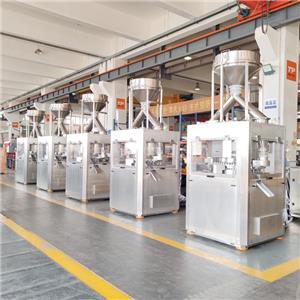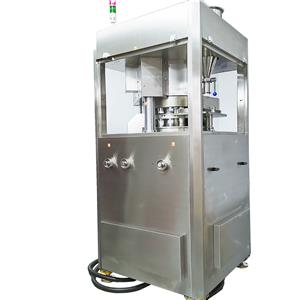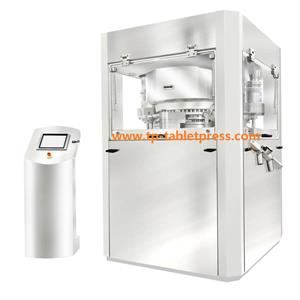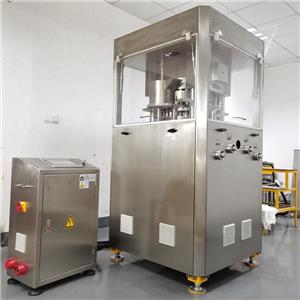The Intricate Dance of Dosage Control and Tablet Formation: Understanding the Core Mechanisms of Tablet Presses
Tablet presses play a pivotal role in the pharmaceutical industry, meticulously crafting medications that range from over-the-counter remedies to life-saving drugs. Their operation hinges on two critical aspects: the control of drug dosage and the regulation of tablet thickness and compactness. This article delves into the intricate mechanisms that enable these precise processes, providing a comprehensive insight into the technology behind tablet manufacturing.
1. Dose Control: The Art of Precision
The essence of pharmaceuticals lies in their precision. Tablet doses must be accurate to ensure the efficacy and safety of the medicine. Dosage control is thus a fundamental component of any tablet press design. The choice of die size, specifically the diameter of the punch, is the primary determinant of the final tablet size and, indirectly, its dose. For variations in dose within a single product, adjustments to the dosing mechanism are necessary. This involves controlling the depth of the downdraught of the lower punch into the die cavity. By altering the length of the die cavity effectively used for filling, the volume of the powder that forms the tablet's core can be precisely adjusted. The **punch positioning** system in a tablet press enables this critical function, ensuring that the desired dose is consistently achieved across all tablets produced.
### 2. **Thickness and Compression: Balancing Act**
While dosage control is essential for therapeutic efficacy, **tablet thickness and compactness** are equally critical for practical considerations like storage, transportation, and ensuring proper dissolution (or "bending" times). The pressure applied during **tableting** must be calibrated to meet both the dose requirements and the physical constraints of the product. This **pressure control** is paramount and is typically managed by adjusting the **downward movement** of the upper punch.
**Modern tablet presses** might incorporate both **upper** and **lower** punches, enabling a dual-action process where the lower punch raises as the upper one descends, contributing to a more dynamic and versatile production method. However, **pressure regulation** remains the heart of the operation, often achieved through mechanisms that control the extent of the upper punch's descent. These systems are finely tuned to ensure that the tablets produced are not only correctly dosed but also maintain optimal hardness and thickness, which are crucial for their stability, appearance, and functionality.
Innovative Advancements and Future Trends
As technology advances, so do the capabilities of tablet presses. Modern devices may integrate **sensors** and **automation systems** that monitor and adjust parameters in real-time, enhancing the precision and efficiency of the production process. Additionally, **environmental considerations** and **sustainability practices** are increasingly integrated into the design, promoting energy efficiency and waste reduction.
EO Keyword Optimization
- Tablet Press Mechanism: Understanding the inner workings of high-tech machinery in pharmaceutical production.
- Dosage Control: The science behind ensuring medication effectiveness through precise formulation.
- Pressure Regulation: Fine-tuning the art of tablet creation for optimal functionality.
- Automated Tablet Press: Innovations in pharmaceutical manufacturing for efficiency and precision.
- Sustainable Pharmaceutical Technology: Focusing on eco-friendly solutions in the medical industry.
- Drug Delivery Systems: The role of tablet pressing in enhancing medication effectiveness.
- Pharmaceutical Manufacturing Processes: A comprehensive look at the techniques shaping modern drug production.
The precision and control inherent in the mechanisms of tablet presses underscore the meticulous engineering and scientific understanding required in the pharmaceutical industry. From the simple act of selecting die sizes to the complex calibration of pressure and dose delivery, each aspect of the tableting process is crucial. As technology continues to evolve, these machines not only continue to innovate but also set the stage for future advancements in pharmaceutical production, aiming to improve safety, efficiency, and sustainability.




